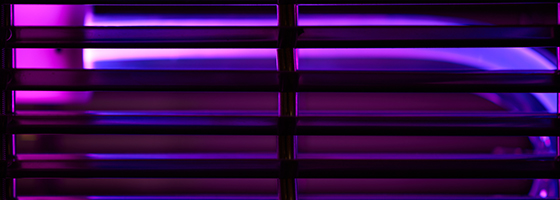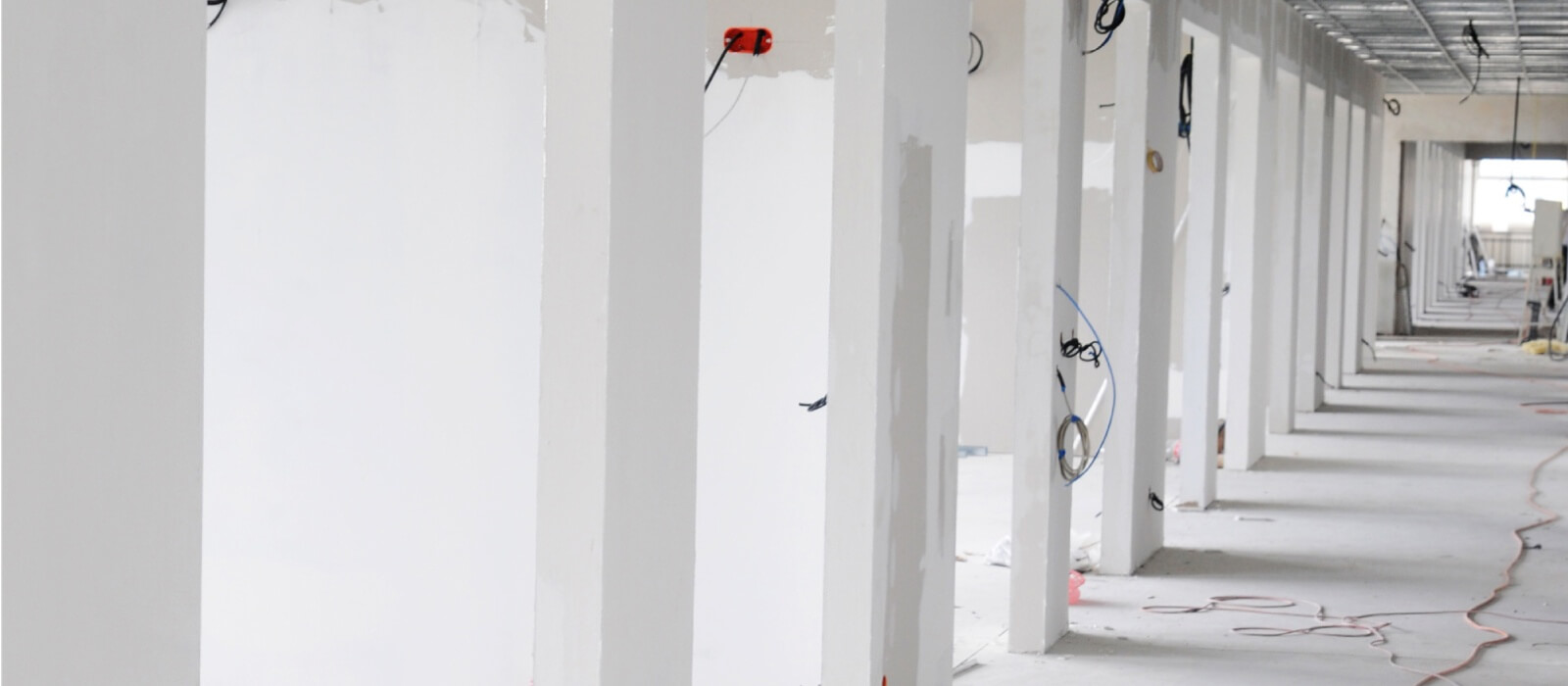Upper-room Ultraviolet Germicidal Irradiation (UVGI): What You Need to Know Before Buying

Heightened interest in indoor air quality is coming from all corners of public and environmental health, including the CDC and the White House, creating a renewed focus on alternative methods for “air cleaning” or disinfection technologies. Improving indoor air quality is a worthwhile goal, but implementation must be done carefully and without harm.
Generally, the first step taken to reduce the risk of airborne infection is improving the air exchange rate by increasing the natural or mechanical supply of air. Besides adding outside air to increase the ventilation rate a number of different air treatment technologies are available to increase the “effective air exchange rate.” These technologies range from simple filtration devices to other less proven technologies.
What is UVGI?
Upper-room ultraviolet germicidal irradiation (UVGI) is a long-standing, highly effective technology for removing infectious agents from indoor air, especially when ventilation is limited. For nearly 100 years, upper-room UVGI has been in use in settings such as hospital waiting rooms, infectious disease wards and operating theaters for orthopedic surgery.
Upper-room UVGI works by illuminating the “upper air volume of the room” (several feet above the heads of occupants) with germ-killing ultraviolet light to rapidly inactivate airborne pathogens. Air mixing between the upper and lower areas of the room due to convective air currents results in moving large volumes of pathogen free air into the occupied area of the room.
The Health Risks of UVGI
Generally, UVGI is much cheaper and much more effective than mechanical ventilation and room-air cleaners. So why isn’t upper-room UVGI used everywhere? Why don’t we put these systems in all schools, hotels, airplanes and offices?
When not designed, applied and installed correctly, upper-room UVGI systems can pose a serious health hazard to occupants of treated spaces. If exposed directly, certain types of UV light can cause eye or skin irritation for room occupants.
This was reportedly the case in a recent installation in an upstate New York university where professors and students reported eye injury and skin irritation following the installation of UV air treatment units in classrooms. This event also triggered an investigation by the New York Department of Labor, which identified serious violations concerning the installation and placement of the UV air cleaners and required action to address the conditions.
Points to Consider
Some questions to ask when considering an upper-room UVGI system:
- Is ventilation already sufficient for the expected occupancy such that air cleaning offers little or no additional benefit? Is this technology needed in this space?
- Is there an alternative technology or controls operation that is as effective, easier, simpler and maybe even less expensive to install, operate and maintain?
- Are third-party laboratory testing reports of the specific product available for critical review by knowledgeable engineers or scientists? Also consider:
- What kind of UV light is this system using (usually defined by the wavelength of light)?
- Will it produce undesired byproducts such as ozone or other oxidized chemicals of concern?
- Has it been tested and certified to recognized industry standards?
- Do we have the appropriately trained personnel to determine where and how to install and maintain this system?
- Do we have the appropriate safety considerations in place? Can our staff properly service the unit and conduct maintenance in the treated space safely for the long-term? What if that one person who manages this system leaves? Do we have a program in place to manage these units?
- Is there funding for regular assessments and testing to make sure the unit is operating properly and effectively?
Alternatives to UVGI
There are many other considerations, but with this fast-growing field, there are also options.
An installation method commonly employed simply uses a UV light directed toward the upper room and a ceiling fan to circulate the air up into the irradiated space. This approach has been shown to achieve the disinfection equivalent of more than 20 air changes per hour. Such a system can be very beneficial in spaces with insufficient ventilation and with potential infectious sources present, such as shelters for the unhoused and hospital waiting rooms. But, if not installed and maintained properly, it runs the exposure and maintenance risks discussed above. Newer technologies using less harmful wavelengths of UV light (222 nm UV) have been shown to be equally effective against many airborne viruses, without the same potential safety concerns.
Any effort to improve indoor air quality must be done carefully so you do not create new problems. Many devices are being marketed that cannot demonstrate they are evidence-based and may not contribute to meaningful reductions in airborne viruses and bacteria or be effective in reducing COVID-19 transmission. Also important is to match the equipment to meet the specific need of the space.
With growing interest in improved indoor air quality and the need for more energy efficient approaches to meeting the challenge, upper-room UVGI will be increasingly looked to as a solution. This is a growing field with many options, and you should consider your options carefully. EH&E’s engineers and scientists have evaluated many of these air cleaning systems, understand the design and specification issues and can provide guidance on implementing safe and effective UVGI systems in a variety of facilities. Contact us today to speak with an expert.
Subscribe
to our blog
"*" indicates required fields





